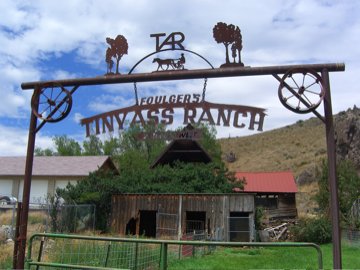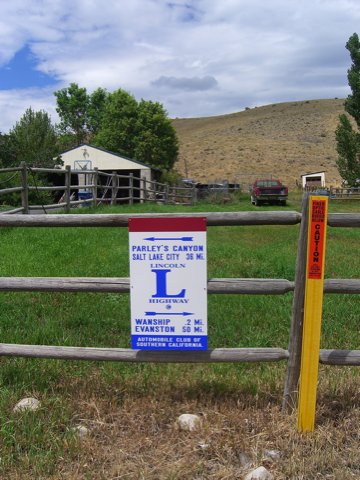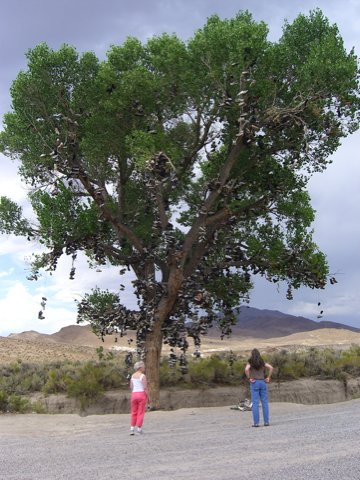Worst, most ubiquitous business name: Kum & Go. On the shore of the Pacific, I’ve remained happily ignorant of the far-flung gas-and-mini-mart chain that styles itself Kum & Go. Midcountry dwellers are not so fortunate. These stores were a reliable fixture of just about every little town and off-ramp retail zone starting in Colorado and continuing across Nebraska and Iowa. The Mississippi River apparently has formed a temporary barrier to their spread, as the stores apparently have managed to cross the river only in Minnesota. What’s so objectionable about the name? Well, there’s the moronic simplification and shortening of the perfectly serviceable verb “come.” But the more obvious complaint is the slang connotations of “kum” — yes, usually as “cum” — and the unintentional meaning of the business’s name. Of course, my focusing on the vulgar aspects of the name is just a product of my own filthy obsessions. In the meantime, the company’s doing fine: It’s reportedly No. 267 on the Forbes list of privately held companies, with $1.43 billion in revenue in 2006.
The ol’ general store: Nearly as abundant across small-town mid-America as the lamentable Kum & Gos are the Casey’s General Stores. Though like its Main Street cousin Dollar General, Casey’s seems to have a willingness to aim at small towns that are a bit further off the beaten path than Kum & Go, which has fastened itself lamprey-like to the interstates. That’s my impression, anyway, uncomplicated by any actual analysis of where the stores are. I’ve always liked the homeyness of the chain’s name; Casey sounds like that kindly old merchant of old who’d share out hardware, bulk goods, gossip, and credit in equal measure, with some hard candy thrown in for the young ‘uns. The reality is, and I have the feeling that I may have visited this territory before, is that Casey’s is as down-home as your average 7-Eleven; I haven’t checked on whether the Casey’s stores have those friendly height guides on the entrance doors — a fixture at 7-Eleven — to aid clerks in their description of holdup suspects, but aside from that (and the clean bathrooms on which the company prides itself), you’d probably be hard-pressed to tell the difference. Interesting apparent fact: Both Kum & Go (nearly 400 stores) and Casey’s (about 1,464 outlets) hail from Iowa.
Drugged: Walgreen’s was a familiar name growing up in the Chicago area. I don’t recall that we had one nearby; the Rexall chain and independent druggists owned the market where I grew up. Now, of course, Walgreen’s is everywhere. Berkeley has several of them. On occasion, I’ve stopped in when I happened to be right there and needed something. And it’s odd: No matter what store I’ve gone into, the experience seems the same: Though it’s pretty easy to find what you want, getting out of the store with it is a test of even the hardiest shopper’s stamina. Invariably, you’ll find one or two checkers regardless of the number of people queued up at the registers. If they’re not harried, The checkers seem uniformly despondent. I’m sure the excellent pay and benefits and understanding public are part of the reason they seem so beaten down. The other part has got to be coupon shoppers: You can count on finding yourself behind at least one person who is having some problem either finding a sale item or understanding the difference between what’s really on sale and the stuff they’re trying to buy. This has been the same whether I’m shopping in Berkeley, Chicago, Chico, or the Denver area. I went into a new-looking Walgreen’s today in Evanston, needing a couple things. The store wasn’t crowded, and when I got to the register, there was just one guy in front of me. But he proceeded to get into a protracted discussion with not one but two clerks over the number of packages of toilet paper he could buy for the sale price; after that was worked out, one of the clerks noticed that the pens the guy was trying to buy on sale weren’t really on sale. As the negotiations got to the five-minute mark, a second checker opened a register. But before I could get through, a shopper in that line also entered into an involved coupon transaction. I did get out of there, eventually; I had to write this post.





